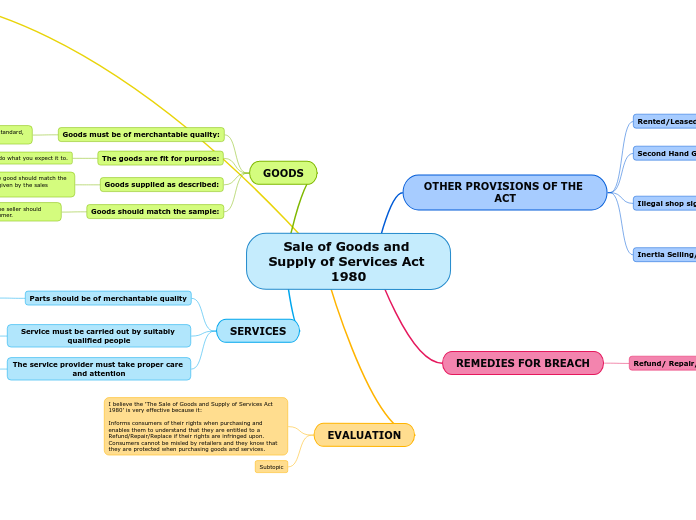作者:Anis Solehah 6 年以前
2369
Force & Motion
Newton's Laws of Motion are fundamental in understanding the behavior of objects. The First Law states that an object will remain at rest or in uniform motion unless acted upon by an unbalanced force, introducing the concept of inertia.









